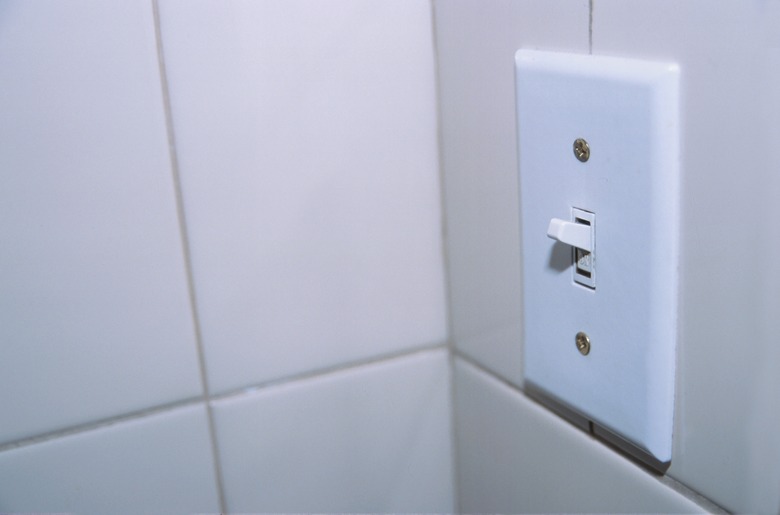The Grout Joint Size For 12-Inch Porcelain Tiles
Installing ceramic, porcelain and natural stone tiles is a process that involves a combination of mandatory guidelines and recommended installation procedures. When you are installing 12-inch porcelain tile, for example, there are some recommendations for the size of the grout joint you use, but the finished results are completely up to your personal preference. However, there are a few considerations to take into account when you plan your porcelain installation.
Recommended Size
Recommended Size
The Tile Council of North America and accompanying tile organizations recommend an average grout joint width of 3/16 inch for every 1/16 inch variation in the size of the tiles. For example, if you take two 12-inch tiles and compare them side to side and there is a variation of 1/16 inch in the two tiles, you are recommended to use at least a 3/16-inch grout joint to hide the inconsistency. Larger size variations have larger grout recommendations.
Rectified Tiles
Rectified Tiles
Rectified tiles are any man-made tile such as porcelain, and are specifically designed to have as little variation in size as possible. However, the reality is that 1/16-inch variations are rarely the norm. Instead, variations up to 1/8 inch are standard when installing 12-inch tiles in the field, which is why the normal grout joint is 1/4 inch to 3/8 inch because it helps hide these inconsistencies.
Grout Color
Grout Color
The color of grout you use with your porcelain installation can help hide the inconsistencies in the tile size and allow you to use a smaller-than-recommended grout joint. For example, if you have a cream-colored 12-inch porcelain tile and you want to use a 1/8-inch grout joint, even though it is not recommended you can get away with it provided you use a light-colored grout that helps blend the tiles together and hide the variances in size.
Expansion Joints
Expansion Joints
The smaller the grout joint the more chances the tiles have for shifting against each other during seasonal movement and foot traffic, which is why it is imperative that you use expansion joints around the perimeters of installations using the smaller-than-recommended grout joints. This allows the tiles to press against the grout, rather than against each other, and expand outward, utilizing the elasticity within the grout joints as a buffer. Installing tile tight to the perimeters does not allow room for expansion in the warmer months and causes tiles to pop off the floor.
